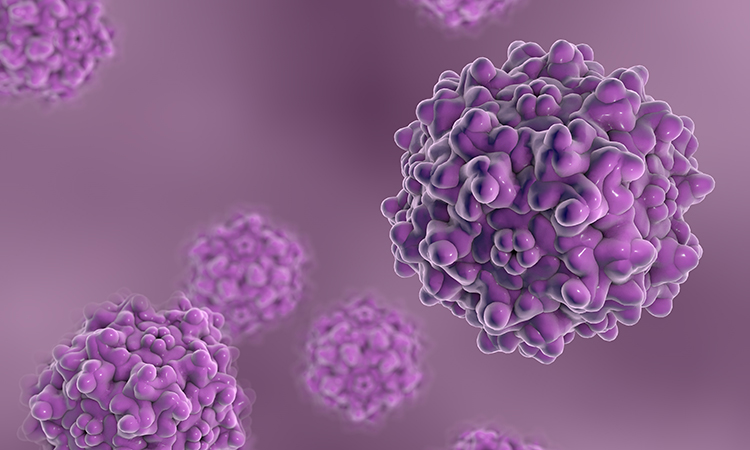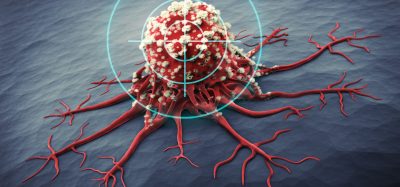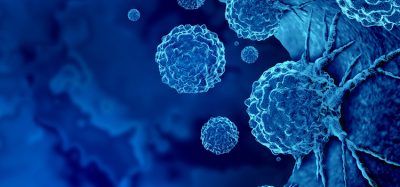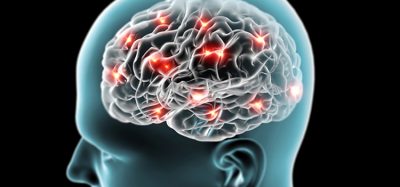Evaluating novel gene therapies in a whole human liver
Posted: 19 March 2024 | Drug Target Review | No comments yet
Use of the whole liver could revolutionise the development of viral vectors, providing more effective treatments for inherited diseases.

Researchers from the Children’s Medical Research Institute (CMRI) have tested new gene therapies in a whole human liver, with the aim to develop more effective treatments for potentially fatal inherited diseases.
Adeno-associated virus (AAV)
Delivery systems based on the adeno-associated virus (AAV) are the most effective for gene therapy, as the virus has a natural ability to carry genetic information into human cells. However, limited access to effective preclinical models that can be used to test novel gene therapies is a large issue researchers face. It is of great importance that these models reproduce human physiological conditions and intricate tissue organisation, in order to accurately predict the outcome when the therapy is administered to a patient.
In 2023, CMRI’s Translational Vectorology Research Unit and Royal Prince Alfred Hospital collaborated on a study to establish a new method of keeping a human liver alive in a lab setting. With normothermic liver perfusion system, livers that were unsuitable for human transplantation and would have been discarded or kept on ice for research, are now able to be preserved outside the body at human body temperature.
Normothermic liver perfusion system
The CMRI researchers updated the previous study and demonstrated the potential of using this system to test AAV-based therapeutics before the initiation of clinical studies. Using a whole human liver is a revolutionary advance in the field of gene therapy because it enables scientists to accurately test how the new therapeutics would affect a major organ for the first time.
Dr Leszek Lisowski, the study’s senior author and associate professor, commented: “This is important because the current generation of viral vectors we use to deliver gene therapeutics to the liver are not good enough for the majority of clinical applications. At the moment we often have to use these therapies in high doses to overcome their functional inefficiencies and achieve clinical benefit. Up to now the gene therapy delivery tools have been tested in animal models, which while invaluable to evaluate safety and targeting of other organs/tissues, do not adequately replicate the functionality of these delivery methods in the patient.”
Dr Lisowski continued: “Together, this work broadens the repertoire of preclinical models available for conducting liver-directed vector studies and allows us to minimise the use of animals…Ideally this will bring us closer to more efficient gene therapies for diseases that currently have limited, if any, treatments.’’
This new advanced model of human liver will be revolutionary when performing functional evaluation of novel therapeutics, allowing more accurate estimation of the effective dose and identification of potential toxic side effects. Furthermore, this will be a powerful system for developing novel fit-for-purpose viral vectors that will form the basis of next-generation advanced therapies.
This study was published in Nature Communications.
Related topics
Drug Development, Gene Therapy, Viral vectors
Related organisations
Children’s Medical Research Institute (CMRI)
Related people
Dr Leszek Lisowski (CMRI)







